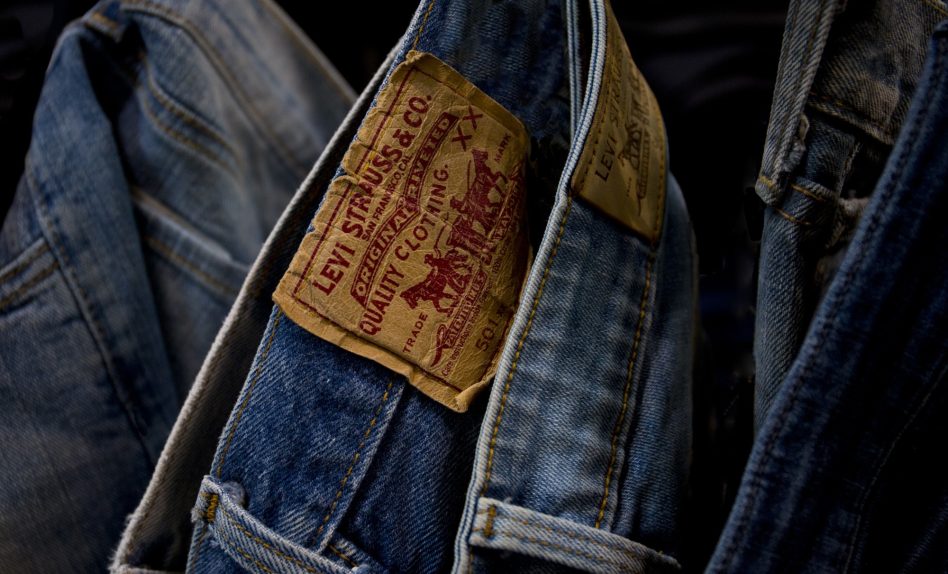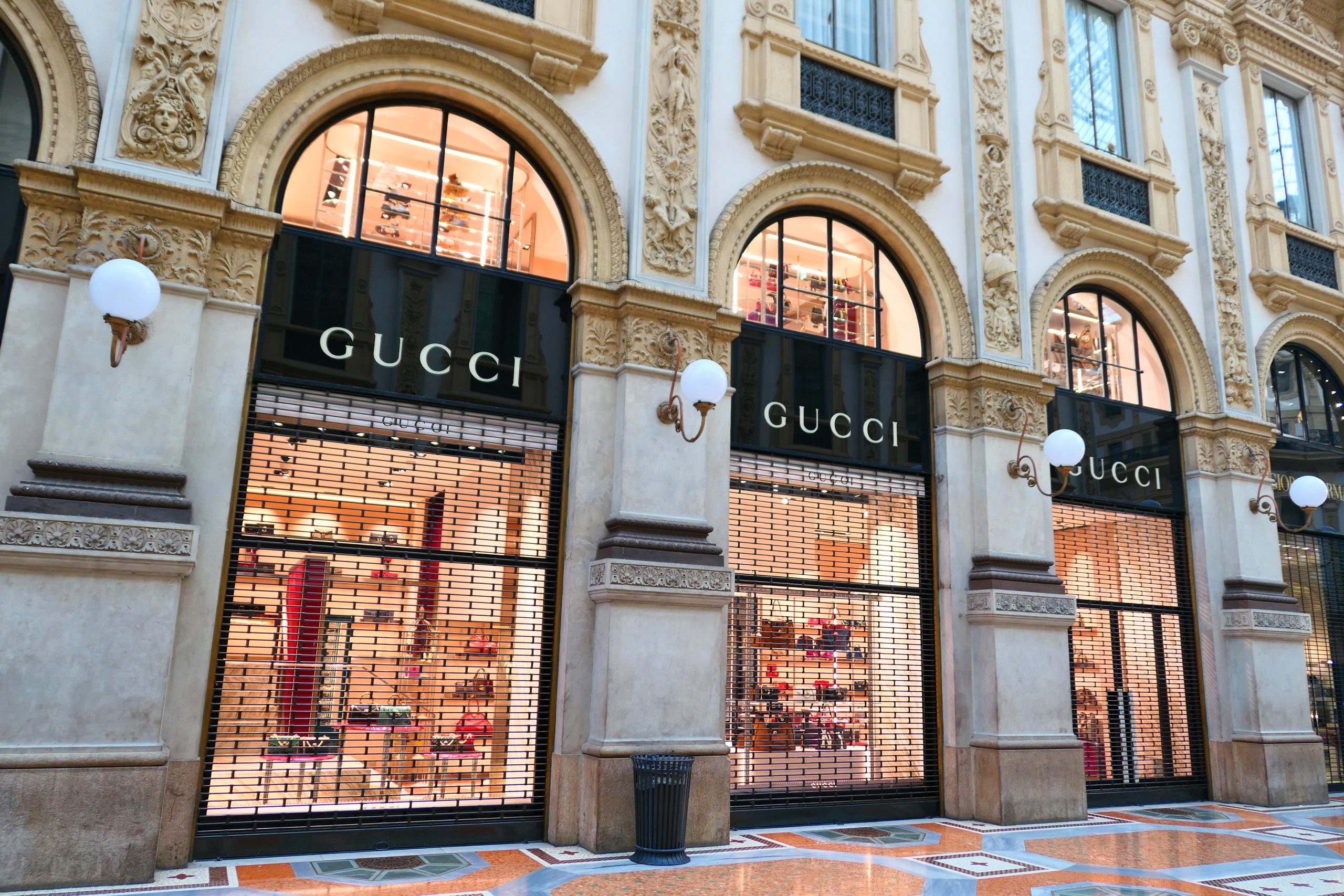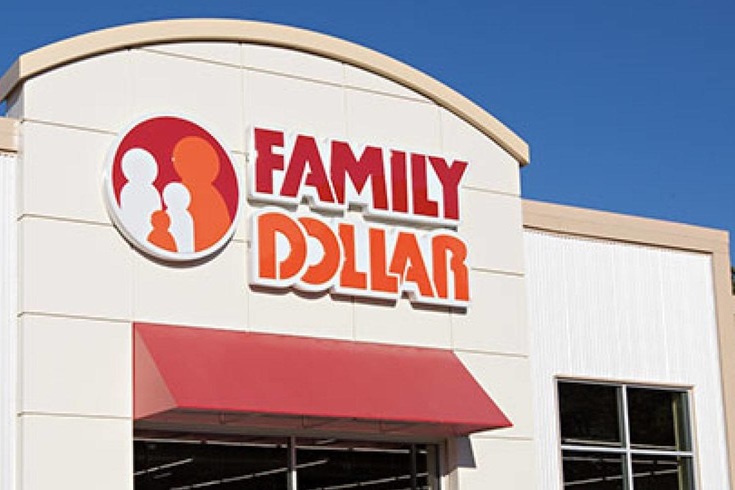
In an effort to withstand and overcome the wholesale slump in the U.S. market, Levi Strauss & Co. is using the strategy of diversifying its products across all categories and focusing on direct-to-customer sales (DTC).
Even though Levi continues to the premium denim trends in the industry, the company is also growing in other avenues too. In particular, its range of women’s apparel has enjoyed much success from its cargo pants, overalls, and newly-launched dresses recently. Levi is enthusiastic about the potential for continual growth, as the company looks to continue expanding its product range.
This expansion might not be so easy though, as it’s a challenging time for many in the retail sector, including Levi. Like many brands, Levi is fighting against a downturn in U.S. wholesale market and customer fatigue. In terms of wholesale, supply chain issues in Levi’s U.S. distribution network and increased pressure for lower prices are two of the biggest factors.
To tackle these issues, Levi is implementing surgical price reductions at certain stores throughout the U.S. With that being said though, Levi will not implement price reductions across the majority of its U.S. mainline stores, or most of its U.S. wholesale division or its international sectors.
Levi’s annual wholesale profits have decreased by around 20% year-over-year, even though Levi actually made small gains in wholesale again during Q1 of this year. Levi isn’t the only one having difficulties in recent times. Across most of the retail industry, wholesale sectors in particular are having trouble.
This has been remarked to primarily be the result of customers not spending as much in recent times, resulting in a ripple effect of a lot of the wholesalers and retailers reducing the amount of inventory they take in. Wholesalers wish to not have the excess inventory they suffered last year and, at the same time, want to be able to maneuver promotional deals a little bit better to maximize profits.
So far this year, Levi has reported record wholesale figures, constituting around 45% of its total sales so far. As far as DTC sales go, quarterly net revenues figures show a rise of around 13%. This has been predominately driven by e-commerce, mainline, and outlet retail stores. As a result, Levi’s net revenue for Q2 totaled $1.3 billion. Despite this impressive figure, it is still a 9% decrease when compared year-over-year.
With that said, Levi is optimistic about both its direct sales channels and its growing product range moving forward. In recent years, Levi has presented more and more products besides jeans and is starting to gain even more traction in the market, as shoppers being to embrace Levi’s new products, styles, and materials.
In January, around 40% of Levi’s revenue for 2022 included clothing from categories such as tops, dresses, active leggings, and chinos. Recently, sales for Beyond Yoga, which Levi obtained back in 2021, increased by over 25% and indicated the growing customer interest in jumpsuits and other workout apparel made from more flexible fabrics.
The jean company is also putting more time and resources into its accessories branches. This includes bags, beanies, backpacks, and belts. Levi has been praised for its effort to stay up to date with trends and expand into non-denim markets. Despite being niched as a denim company, Levi has been commended for stepping out of their comfort zone and branching out as a brand.
While Levi has continued to add other apparel and styles, they are yet to really create a stand-alone category of non-denim products. But the fact that Levi is well respected as a good product by customers means that whatever inventory they wish to launch in the future has a good chance of being a win for them.

In an effort to withstand and overcome the wholesale slump in the U.S. market, Levi Strauss & Co. is using the strategy of diversifying its products across all categories and focusing on direct-to-customer sales (DTC).
Even though Levi continues to the premium denim trends in the industry, the company is also growing in other avenues too. In particular, its range of women’s apparel has enjoyed much success from its cargo pants, overalls, and newly-launched dresses recently. Levi is enthusiastic about the potential for continual growth, as the company looks to continue expanding its product range.
This expansion might not be so easy though, as it’s a challenging time for many in the retail sector, including Levi. Like many brands, Levi is fighting against a downturn in U.S. wholesale market and customer fatigue. In terms of wholesale, supply chain issues in Levi’s U.S. distribution network and increased pressure for lower prices are two of the biggest factors.
To tackle these issues, Levi is implementing surgical price reductions at certain stores throughout the U.S. With that being said though, Levi will not implement price reductions across the majority of its U.S. mainline stores, or most of its U.S. wholesale division or its international sectors.
Levi’s annual wholesale profits have decreased by around 20% year-over-year, even though Levi actually made small gains in wholesale again during Q1 of this year. Levi isn’t the only one having difficulties in recent times. Across most of the retail industry, wholesale sectors in particular are having trouble.
This has been remarked to primarily be the result of customers not spending as much in recent times, resulting in a ripple effect of a lot of the wholesalers and retailers reducing the amount of inventory they take in. Wholesalers wish to not have the excess inventory they suffered last year and, at the same time, want to be able to maneuver promotional deals a little bit better to maximize profits.
So far this year, Levi has reported record wholesale figures, constituting around 45% of its total sales so far. As far as DTC sales go, quarterly net revenues figures show a rise of around 13%. This has been predominately driven by e-commerce, mainline, and outlet retail stores. As a result, Levi’s net revenue for Q2 totaled $1.3 billion. Despite this impressive figure, it is still a 9% decrease when compared year-over-year.
With that said, Levi is optimistic about both its direct sales channels and its growing product range moving forward. In recent years, Levi has presented more and more products besides jeans and is starting to gain even more traction in the market, as shoppers being to embrace Levi’s new products, styles, and materials.
In January, around 40% of Levi’s revenue for 2022 included clothing from categories such as tops, dresses, active leggings, and chinos. Recently, sales for Beyond Yoga, which Levi obtained back in 2021, increased by over 25% and indicated the growing customer interest in jumpsuits and other workout apparel made from more flexible fabrics.
The jean company is also putting more time and resources into its accessories branches. This includes bags, beanies, backpacks, and belts. Levi has been praised for its effort to stay up to date with trends and expand into non-denim markets. Despite being niched as a denim company, Levi has been commended for stepping out of their comfort zone and branching out as a brand.
While Levi has continued to add other apparel and styles, they are yet to really create a stand-alone category of non-denim products. But the fact that Levi is well respected as a good product by customers means that whatever inventory they wish to launch in the future has a good chance of being a win for them.



